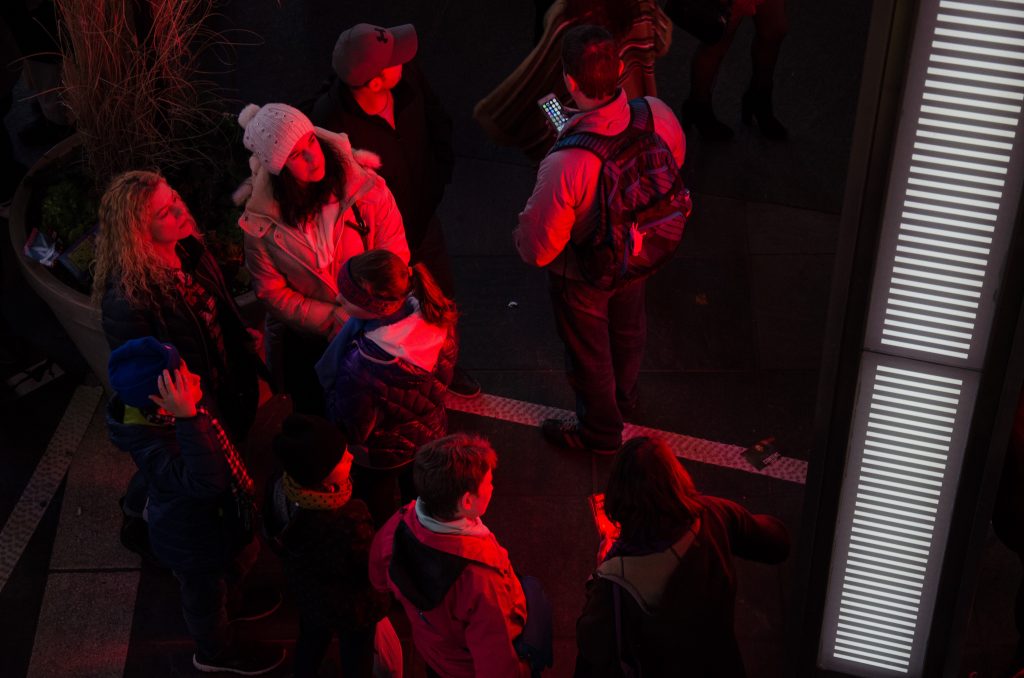Cities tackling the energy crisis
Faced by an unprecedented energy crisis, cities are multiplying initiatives to tackle any energy shortages in winter, while accelerating their ecological transition. During fall 2022, LUCI launched a quick survey to understand how some cities from its network are addressing this acute challenge. One year after it, the French media Light ZOOM Lumière publishes the still relevant article released in the Cities & Lighting magazine n°10.

To save energy, cities around Europe are dimming or switching off lights, with a variety of solutions considering temporality, territory and intensity.
➡ In Budapest, the city passed a resolution to reduce the daily period of decorative lighting by two hours. This would result in a reduction in electricity consumption of about 800 000 kWh per year, according to Zoltán Pap, Managing Director at Budapest Flood and Public Lighting Company. The municipality has also accelerated the conversion of its lighting fixtures to LEDs and expects a 40% saving in energy consumption. The volume of the Christmas decoration is significantly decreased, and the remaining ones are being switched off at 22:00 instead of midnight.
➡ In Leipzig, the city administration has switched off 238street lighting systems since July 2022. To retain electricity for essential purposes, buildings, monuments, bridges are no longer illuminated, as well as effect lighting on rivers and trees switched off. The street lighting is also operated in low-energy mode, resulting in 11% energy savings, says Heike Besier, Deputy Head of the “Public Space Design «section in Leipzig.
➡ In Vilnius, the lighting hours have been reduced, as well as the level of lighting in schoolyards and stadiums, dog parks, tunnels, and highways. Architectural and decorative lighting on building facades and monuments might be turned off in the future.
➡ In Paris, the Eiffel Tower and other landmarks are being switched off after 22:00 since September 2022. The city council decided to switch off the decorative lighting hours earlier than usual. Billboards and luminous advertisings have also been temporarily banned for a large part of the night. In Gothenburg, the city has been planning on how to deal with a possible energy shortage as part of an overall urban resilience strategy. The first move would be to dim all the possible lighting assets to a level of 30%, the second would be to switch off non dimmable luminaires phase by phase, and the last level would be to completely switch off selected lighting.
➡ In Lyon, the city has adopted a sobriety plan aiming to reduce the energy consumption by 10% in one year. Since November 2022, the lighting of the city’s emblematic monuments (370 illuminated sites in total) is only lit on Saturdays until 23:00. The Christmas illuminations ended at23:00 instead of midnight and the illumination period has been reduced by two weeks. However, the famous “Fête des Lumières” took place as usual. The City of Lyon explains that the energy consumption during this event is marginal. Finally, the city experimented public lighting switch-offs between 2:00 and 4:30 am four nights a week from Monday to Thursday for a period of two months. The results are currently being analysed.
A delicate compromise between energy savings, light pollution, and safety
The energy crisis in Europe has given a fresh dimension to the debate around the need to address light pollution while ensuring quality of life for all at night.
Indeed, if the main motivation for dimming or switching off streetlights is to keep public spending in check as energy prices soar, the municipalities also highlight that those measures will also have positive impacts on the carbon reduction strategies as well as the reduction of the light pollution.
Strong concerns remain around the issues of safety in the city, especially linked to mobility at night but also linked to the feeling of insecurity that some citizens might experience, particularly women, who could limit their movement after dark as a result of dimming or switching off lighting.
Further concerns have been raised concerning the social consequences of these unprecedented measures. “We all know that less light means less energy consumption, less light pollution, less emissions. But light also has an important social value that makes a major contribution to social sustainability in the city,” reminds Rik van Stiphout from Eindhoven. “Measures that result in more darkness must be accompanied by serious attention for a renewed experience of dark in general, as dark itself is not unsafe,” Rik explains.
Finally, turning off the lights is considered by most as a short-term solution, or an experimentation for municipalities. In the long term, modernisation of the lighting network, with the conversion of streetlights to LEDs, and the implementation of smart lighting solutions will complement these measures and help meet the often conflicting economic, social and environmental objectives of cities.
Photo: ©Nauman Abdul Hafeez_Unsplash

